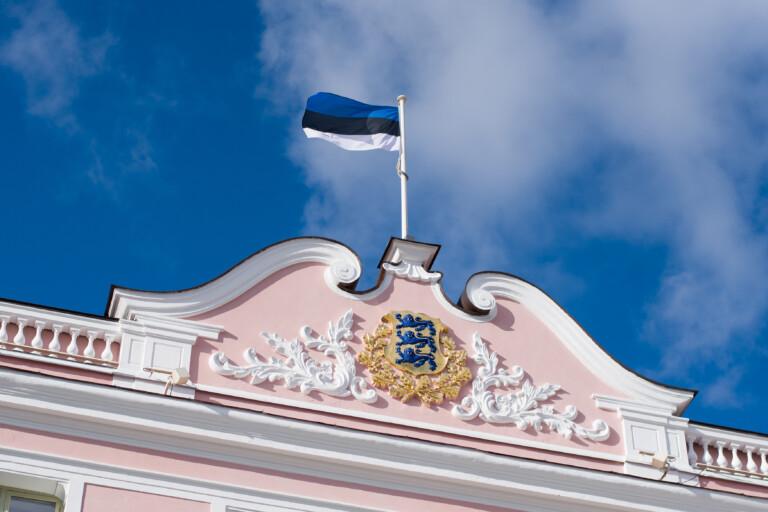Article
by Nortal
Communication with government doesn’t have to take days
Governments globally are facing a huge challenge — exponentially, citizens are expecting governments to treat them as valued customers and interactions with the state to move online. Estonia is one of the examples of a country that have mastered not only the transition from paper to digital, but building a seamless society successfully. Being true digital governance trailblazers, other governments can achieve the same by learning from experience of Estonia.
When Estonia restored its independence in 1992, the country had a lot of catching up to do with the rest of the world. Building everything from scratch had its advantages, and the country was forced to go digital sooner than the others. One of the people in the forefront of state-building was Rein Lang, Head of Policy and Legislative Consulting at Nortal.
In a short interview, Lang shares some insights why governments cannot afford to not move from paper online.

Why is it important to digitize governments and offer e-services to people?
For ages, communication between citizens and government officials has been face-to-face. Often, this is a long process that takes days, weeks or even several months. People today simply don’t have time for this. They want their problems solved now, not in three months. Governments have to catch up with the world. In Estonia, e-government works for their citizens 24/7. Equally important: It’s impossible to bribe a computer.
You have been a Member of the Parliament, Minister of Justice and Minister of Culture in Estonia during this very transformational era of creating the Estonian e-government success story. In your opinion, what has been the most significant impact of digitizing a government?
Estonia has been lucky to strike a balance between the needs and possibilities of a small nation to maintain its own statehood. I strongly believe that making technology work for us has freed enormous resources for education and social welfare.
When you think about different government services Estonians use online, what has changed your life the most?
It’s very difficult for me to put any particular service on the podium. For me, the whole Estonian e-government environment is very important, and I’m not the only one. You can really feel the importance of e-services when there’s a problem with the digital authentication system. Even if the system is out for less than an hour, all the news portals and broadcasters report on it as breaking news. Which is understandable, I suppose, as Estonians give roughly 300,000 digital signatures in a day.
Backstory: why Estonia went digital?
Estonia started building a digital society after it restored its independence in 1991. The country’s economy collapsed, about every third adult worked in agriculture, more than 50% of the industry was military-oriented. There was no decent banking system nor a national currency. Modern telecommunication infrastructure was missing, and the average salary was less than ten euros a month.
As President of Estonia, Kersti Kaljulaid has said that the crucial question was how to overcome the legacy left by the Soviet occupation. “Our response was — we need to build up a modern, efficient and democratic state,” Kaljulaid said in a speech in 2017. Radical reforms were carried out in all walks of life. “The forward-looking idea was to harness the innovative potential of Information and Communication technology (ICT). Neither we nor anyone else knew 20 years ago, how important Internet and ICT would become and what role it would play in the organization of state and society.”
Although the choice to turn to technology was not an easy one, Estonia’s gamble paid off. “In hindsight we can agree that the ‘Tigerleap’ program, as it was called, gave the entire Estonian society the momentum to make a digital leap into the future,” Kaljulaid said. “Schoolchildren, having become computer literate, brought their newly acquired skills home and also ‘infected’ their parents (and grandparents) with the digital ‘bug.’ Priorities changed for families — instead of a new refrigerator, it was often decided to rather invest into a computer and an internet connection.”
Today, 99% of government services in Estonia are digital. 88% of households have computers at home; almost all of them are connected to broadband. Almost everyone has an active, electronic ID-card in their pocket that enables Estonians to give more than 100 million digital, legally binding signatures a year.
Get in touch
Let us offer you a new perspective.


